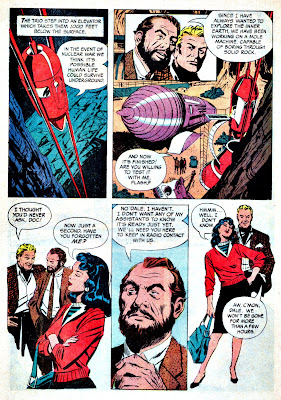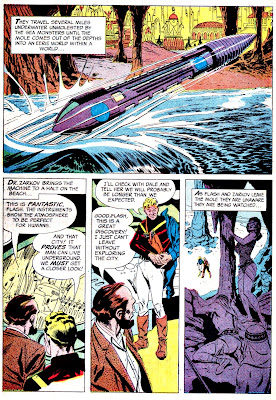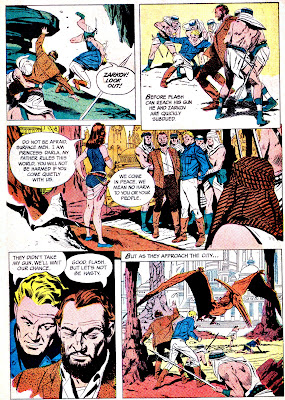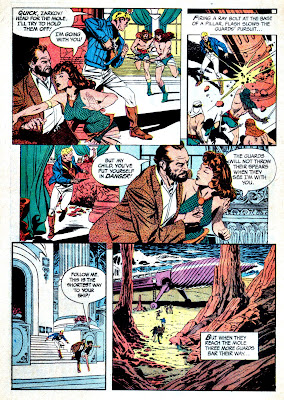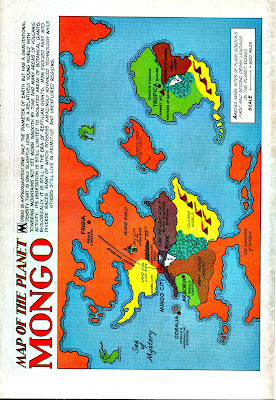
Download Flash Gordon #1
In the company of Dale Arden, Flash Gordon embarked for the planet Mongo in 1934. That was in the Sunday funnies in a page drawn by Alex Raymond and written anonymously by former
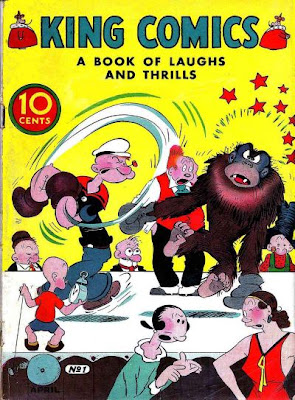 pulp-fiction editor Don Moore. This space opera became one of King Features Syndicate's most popular features, and Raymond's illustrative art was to have a strong influence on many of the young artists who began drawing for comic books in the late 1930s and the early 1940s—Tom Hickey, Sheldon Moldoff, Jack Lehti, George Papp, Mac Raboy, Dan Barry, etc.
pulp-fiction editor Don Moore. This space opera became one of King Features Syndicate's most popular features, and Raymond's illustrative art was to have a strong influence on many of the young artists who began drawing for comic books in the late 1930s and the early 1940s—Tom Hickey, Sheldon Moldoff, Jack Lehti, George Papp, Mac Raboy, Dan Barry, etc.Flash Gordon entered comic books early in 1936 by way of reprints in King Comics. His battles with the merciless Ming, a sort of galactic Fu Manchu, unfolded in the magazine from the first issue.
 In the early 1940s Dell began issuing now and then Flash Gordon reprint titles. Later in the decade came an occasional comic-book offering Flash adventures "especially written and drawn for this magazine." The artist was Paul Norris, who also began drawing the Jungle Jim newspaper page in 1948.
In the early 1940s Dell began issuing now and then Flash Gordon reprint titles. Later in the decade came an occasional comic-book offering Flash adventures "especially written and drawn for this magazine." The artist was Paul Norris, who also began drawing the Jungle Jim newspaper page in 1948.Harvey Publications tried reprinting the Raymond material in 1950 and 1951, giving up after a few issues. King Features experimented with publishing comic books in the late 1960s. These used original material, and the Flash Gordon book made use of such artists as Al Williamson, a devoted Raymond disciple, Gil Kane, and Reed Crandall. When King quit, Charlton took over and finally Gold Key. The final Whitman Flash Gordon comic book was printed in 1982. He reappeared briefly in 1987 as part of a team that included Mandrake and the Phantom in the TV-inspired Defenders of the
 Earth.
Earth.Al Williamson was the leading exponent of the heroic adventure style introduced by Alex Raymond in Flash Gordon. A genuine boy wonder, Williamson started in comic books when he was only seventeen. He moved from Heroic Comics to Toby Press's John Wayne in 1950 and had Frank Frazetta inking some of his pages. He next drew some very imaginative fantasy and science-fiction stories for such titles as Forbidden Worlds and Out of the Night. In 1952 he went to work for EC Comics.
Williamson drew a wide range of EC titles, including Weird Fantasy, Valor, and Piracy. In the middle 1960s he actually got to draw Flash Gordon, when King Features ventured into comic books. In addition, he drew the Secret Agent Corrigan strip for King from 1967 to 1980. The first artist on the strip, when it was titled Secret Agent X-9, was Williamson's idol Alex Raymond.
Over the last ten years or so of his professional career Williamson concentrated on inking, chiefly for Marvel. A recent hardcover, Al Williamson Adventures, collects some of his best earlier comic work.
Untitled Story
Credits
Cover art: Al Williamson
Script: Larry Ivie
Pencils: Al Williamson
Inks: Al Williamson
Reprinted:
- in Flash Gordon (Pinnacle Books, 1982 series) #[1] [41-333-5]
- in Al Williamson's Flash Gordon, A Lifelong Vision of the Heroic (Flesk Publications, 2009 Series)


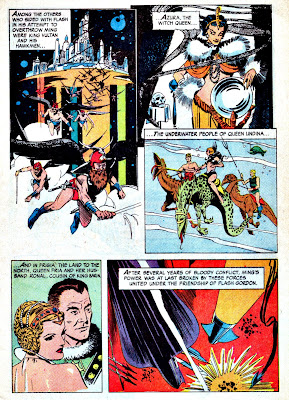


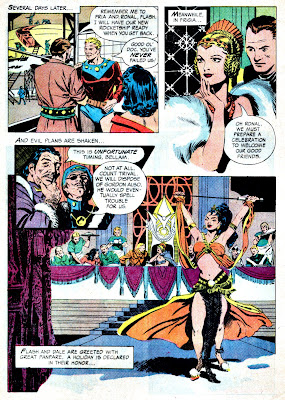
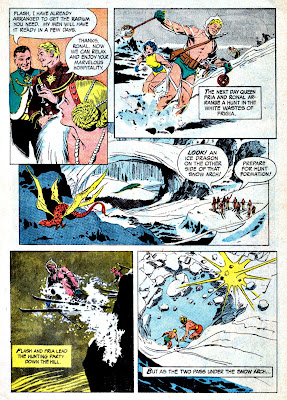
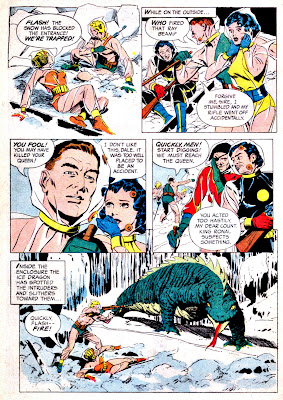
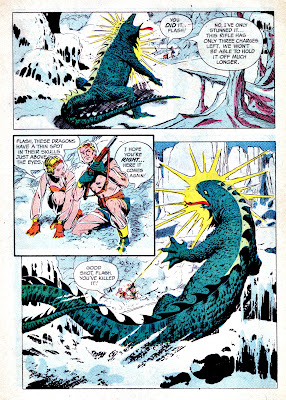

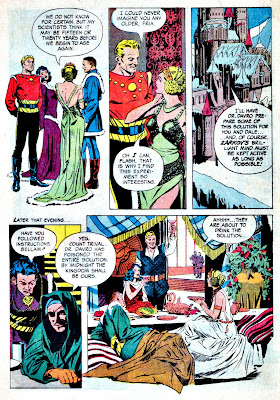


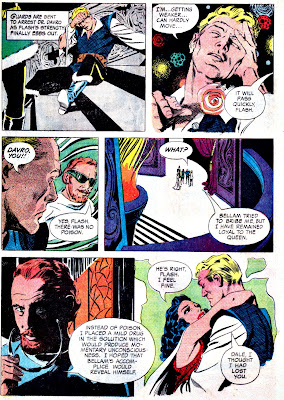

Flash Gordon and the Mole Machine
Credits
Script: Archie Goodwin
Pencils: Al Williamson
Inks: Al Williamson
Reprinted:
- in Flash Gordon (Pinnacle Books, 1982 series) #[1] [41-333-5]
- in Al Williamson's Flash Gordon, A Lifelong Vision of the Heroic (Flesk Publications, 2009 Series)

